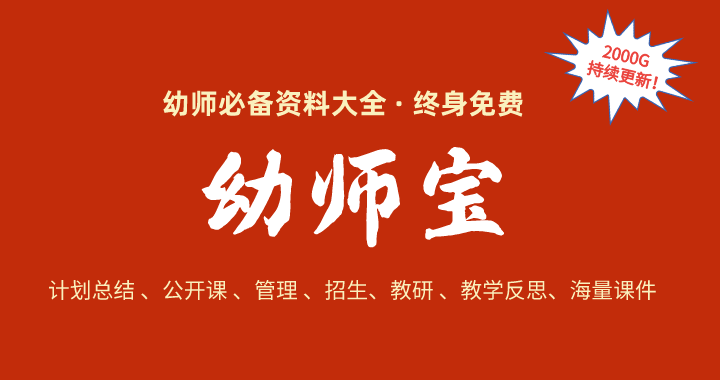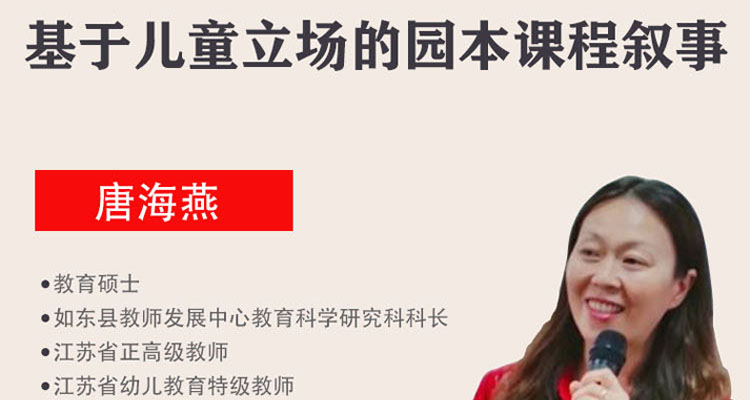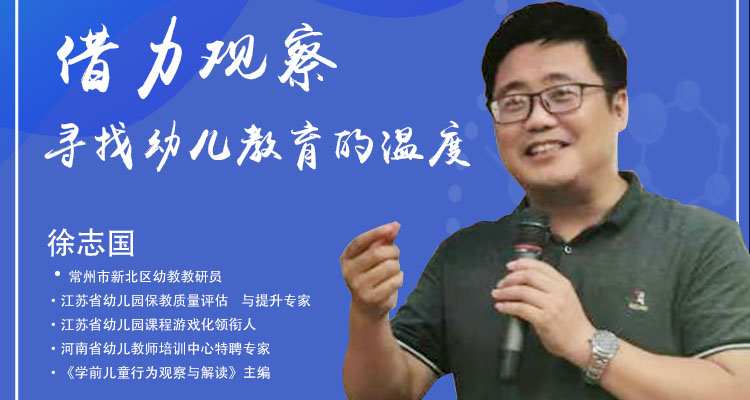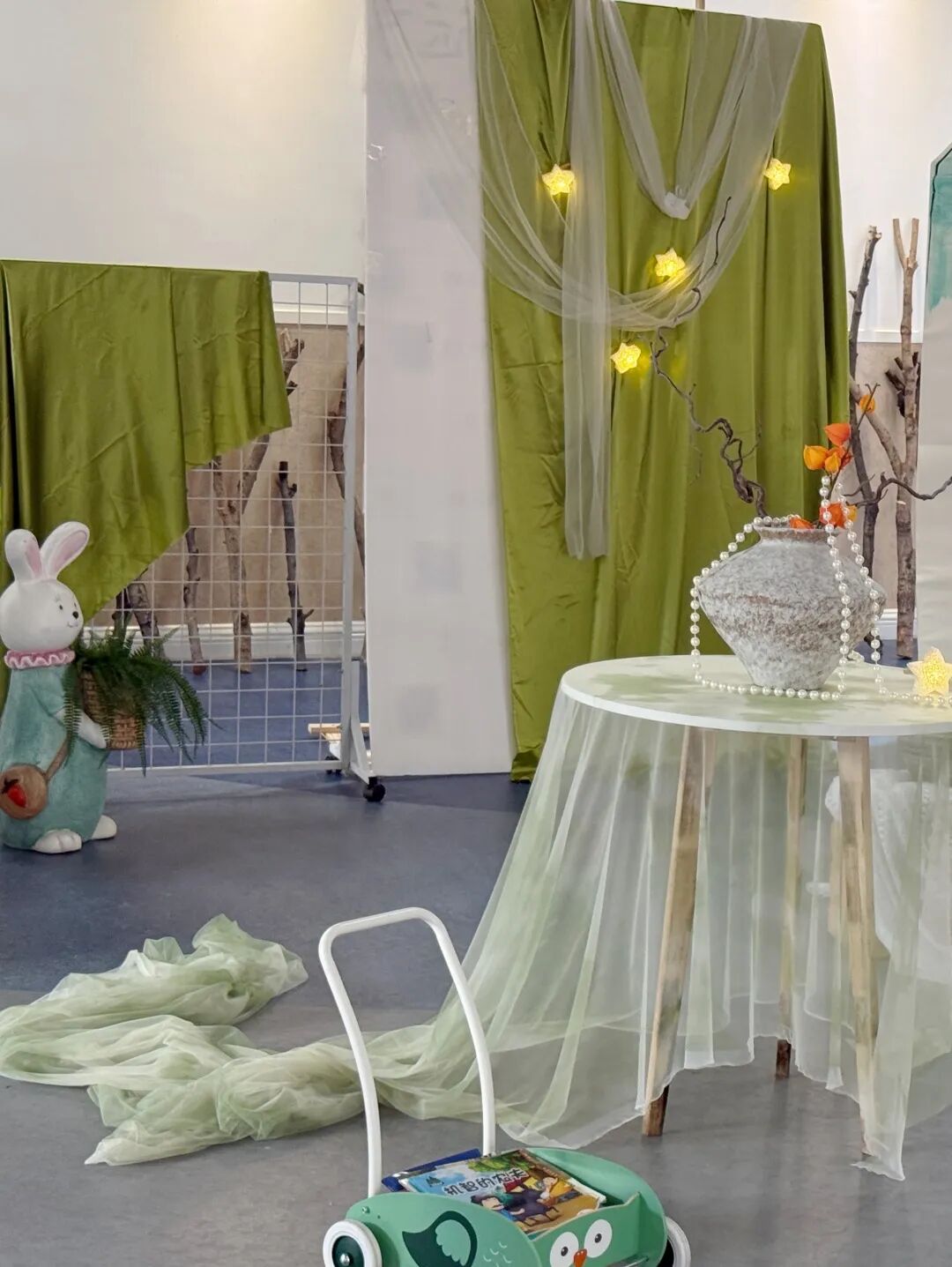参考文献:
〔1〕SHINTARO F. Neuronal mechanisms of executive control by the prefrontal cortex〔J〕. Neuroscience Research, 2001,39(2):469-483.
〔2〕李秀文.3—6岁学龄前儿童执行功能与情绪控制的关系〔D〕.上海:华东师范大学, 2010.
〔3〕任园春,王玉凤.注意缺陷多动障碍儿童感觉统合与执行功能的相关分析〔J〕.中国心理卫生杂志,2003,17(7):438-440.
〔4〕〔15〕BEST J R, MILLER P H, JONES L L.Executive functions after age 5:Changes and correlates〔J〕. Developmental Review,2009,29(3):180-200.
〔5〕〔16〕黄海雁.3—5岁幼儿执行功能和气质对说谎行为的影响〔D〕.杭州:浙江理工大学, 2017.
〔6〕王静梅,张义宾,郑晨烨,等. 3—6岁儿童执行功能子成分发展的研究〔J〕.心理发展与教育,2019,35(1):1-10.
〔7〕刘依龙.4—7岁儿童执行功能的发展及其与前瞻记忆的关系研究〔D〕.徐州:江苏师范大学,2017.
〔8〕RUNCO M A, JAEGER G J. The standard definition of creativity〔J〕.Creativity Research Journal,2012,24(1):92-96.
〔9〕〔12〕〔18〕GUILFORD J P.Creativity〔J〕.American Psychologist,1950,9(5):443-454.
〔10〕PUCCIO G J.From the dawn of humanity to the 21st century:Creativity as an enduring survival skills〔J〕.The Journal of Creative Behavior, 2017,51(4):330-344.
〔11〕刘春雷,王敏,张庆林.创造性思维的脑机制〔J〕. 心理科学进展,2009,17(1):106-111.
〔13〕RUNCO M,ACAR S. Divergent thinking as an indicator of creative potential〔J〕.Creativity Research Journal, 2012, 24(1):67-75.
〔14〕陆烨.隔代教养对儿童创造力的影响〔D〕.上海: 华东师范大学,2020.
〔17〕FLAHERTY A W.Front temporal and dopaminergic control of idea generation and creative drive〔J〕.The Journal of Comparative Neurology, 2010,493(1):147-153.
〔19〕JENNIFER W, ANDREW F J. Working memory capacity, attentional focus, and problem solving〔J〕.Current Directions in Psychological Science, 2012, 21(4):259-262.
〔20〕RADEL R,DAVRANCHE K,FOURNIER M, et al. The role of inhibition in creativity:Decreased inhibition improves idea generation〔J〕.Cognition, 2015(134):110-120.
〔21〕HOUDE O, BORST G. Measuring inhibitory control in children and adults〔J〕.Frontiers in Psychology, 2014(5):616.
〔22〕曾婷.4—6岁儿童词汇、空间能力、执行功能与数学能力的关系研究〔D〕.长沙: 湖南师范大学, 2020.
〔23〕孔开开.家庭创造性氛围与幼儿创造性人格的关系研究〔D〕.开封:河南大学,2019.
〔24〕彭杜宏,顾筠.我国学前儿童创造力发展特点与培育状况〔J〕.江苏幼儿教育,2017(3):67-71.
〔25〕邓小平.教师行为、亲子互动与学前儿童创造力的关系研究〔D〕.长春:东北师范大学,2013.
〔26〕陆露,范敏霞,等.注意缺陷多动障碍儿童冷、热执行功能及心理理论研究〔J〕.中国特殊教育,2018(7):65-71.











